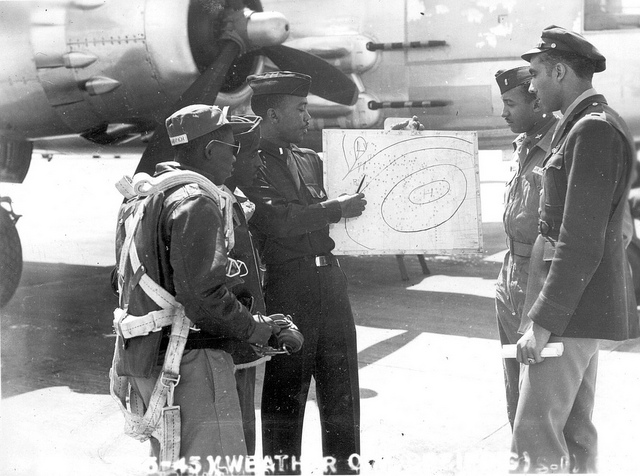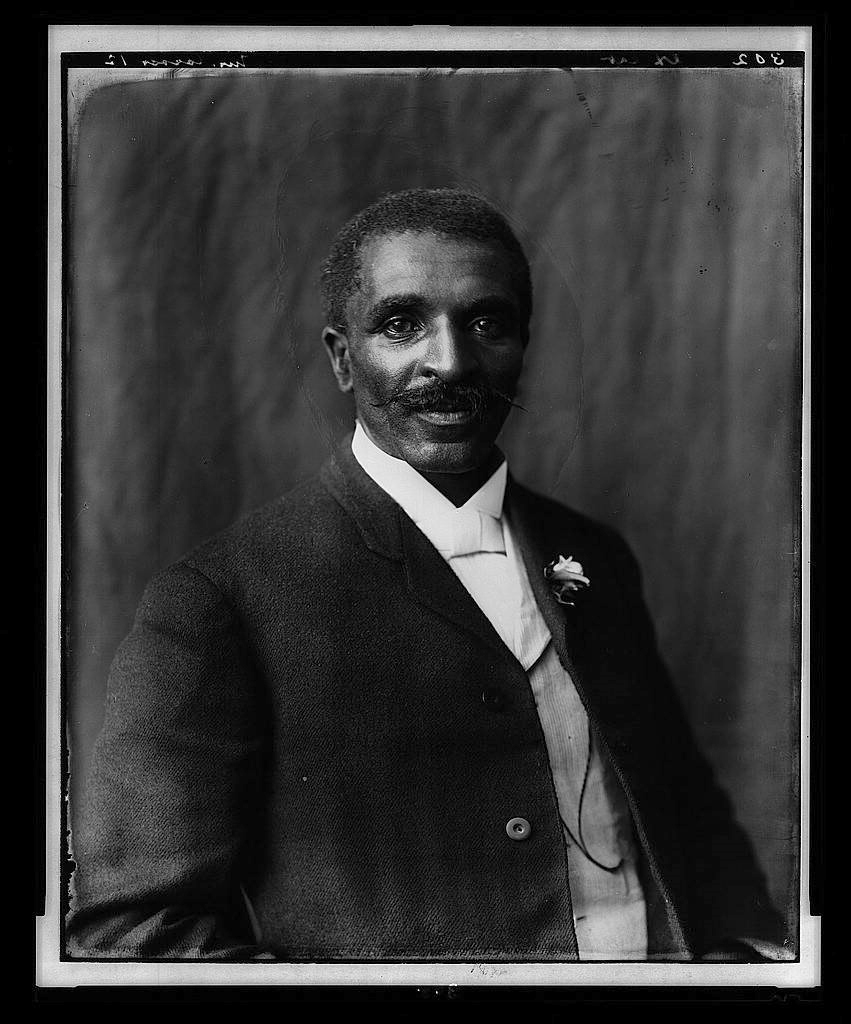The Legacy of Dr. George Washington Carver
[ad_1]
Dr. George Washington Carver has been largely known as “The Peanut Man” due to his involvement in seminal research of 325 uses for peanuts. However, he was also a prolific agricultural scientist and inventor who thrived in the fields of agriculture, agronomy, botany, and chemistry, with a particular focus on crops and soil depletion. He was born enslaved towards the end of legalized slavery and is now one of the prominent scientists in the early 20th century.
Born in Missouri on July 12, 1864, he spent the first 13 years of his life there before moving to Kansas where there were educational opportunities for Black children. Around this time his intelligence was noticed by his educators and surrounding adults. In 1885, Carver was accepted to Highland College in Highland, Kansas. When he arrived, his application was withdrawn when the admission office realized he was Black.
Carver then moved to West Kansas where he began to work on land. When he bought his own property, he planted over 800 species of trees, plants, and crops and even built a conservatory to study. In 1890, he was accepted to Simpson College in Indianola, Iowa before a professor recommended him for transfer to Iowa State Agricultural College (today known as Iowa State University). He was the first Black student there and graduated with a Master of Science degree in 1896.
Eventually, Dr. Carver took a position at Tuskegee University, a Black college established by Booker T. Washington. He taught for 47 years and influenced generations of Black scientists, teaching agricultural methods that would improve farming for Black farmers, also improving their economic situation.

In addition to his agricultural teaching and research, Dr. Carver collected volunteer weather observations as part of the U.S. Weather Bureau’s Cooperative Observer Program. The observations were taken at the Tuskegee Institute in Tuskegee, Alabama, from November 1899 to May 1900 and July 1900 to January 1932. This data is stewarded here at NCEI and the site is known as Tuskegee 3SW, for its location three miles southwest of the Tuskegee post office. Dr. Carver found it essential to keep reliable weather data due to its impact on seasonal growth, production, and quality of crops.

After a lifetime of exemplifying the role of a public servant, he passed away on January 5, 1943. Shortly after his death, Congress authorized the creation of George Washington Carver National Monument and since then his legacy has lived on through NOAA and the United States Department of Agriculture (USDA). Dr. Carver is buried at Tuskegee University Campus Cemetery. The inscription on his headstone reads: “He could have added fortune to fame, but caring for neither, he found happiness and honor in being helpful to the world.”
[ad_2]


